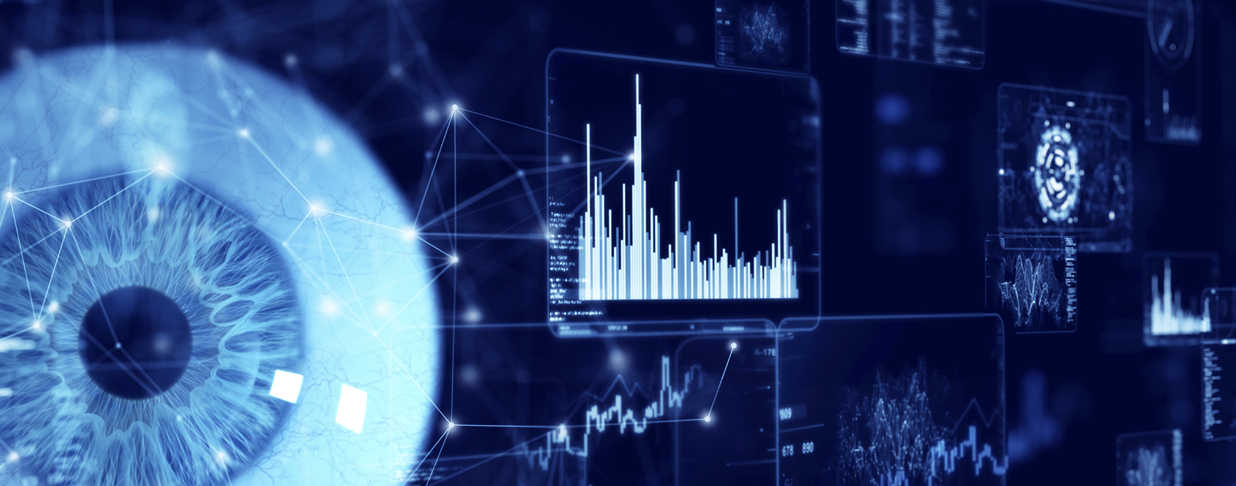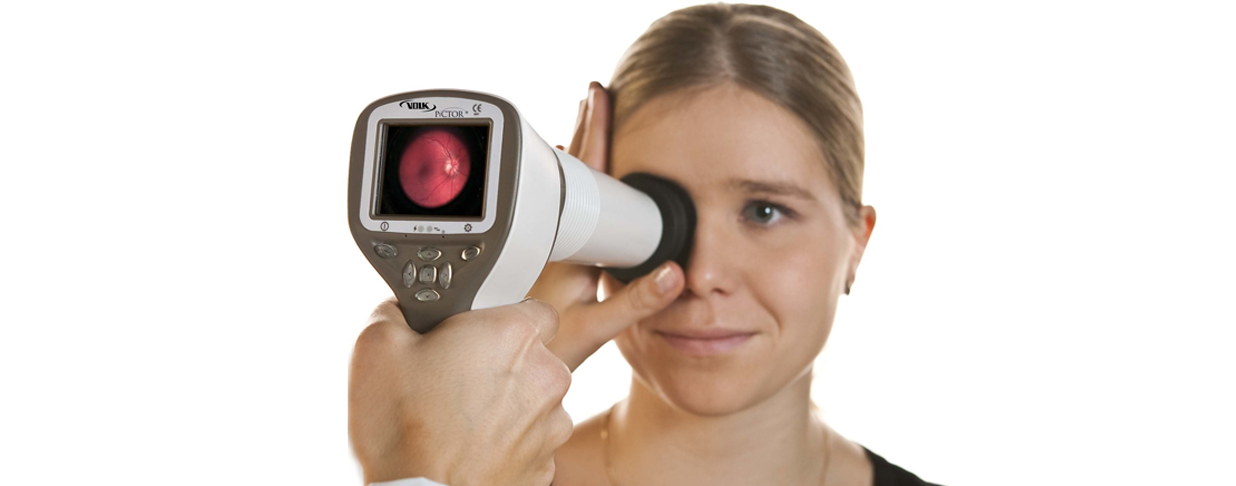Before the pandemic, dry eye disease (DED) was already one of the most common vision problems in the U.S.1 But as we spend more time on screen and at home, the frequency of dry eye has spread enough to warrant its own nickname. “Quarantine Dry Eye” can negatively impact quality of life and psychological well-being – all while leading to potentially serious vision problems.2
Quarantine and virtual work have been hard on eyes
It’s no secret that the way we learn, work and stay connected is more virtual lately; average screen time has shot up to nearly 12 hours a day.3 Many studies have shown that this much device usage can overtax the eyes, leading to digital eye strain and disorders like DED. One reason: the use of screens plummet blinking rates from 18 per minute to 3-4 per minute, and DED is all about a lack of quality tears.4
But hazards go beyond video meetings, binge watching and gaming marathons. The home environment – with low humidity, poor air quality and less ventilation – can also make eyes more tired, sore, blurry, gritty and of course, dry.5
The personal impact of DED can be far-reaching. During an already nerve-wracking pandemic, dry eye has increased stress for 36% of respondents, irritability (36%), exhaustion (34%), and frustration (32%).6 In another study, moderate cases of DED led 51% to say their work effectiveness has suffered.7
How to recognize dry eye disease—and why spotting it can be complicated8
DED, often confused with digital eye strain, is a challenge to diagnose. The difference is important; if left untreated, dry eye can progress into a chronic condition that can’t always be fixed. Dry eye is what occurs when your eyes do not make the right type of tears or tear film.
Symptoms may seem very similar – most often blurred vision, tired eyes, itching and burning. But eye strain is short-term and goes away when digital screens are no longer in use.
DED is more long-term discomfort or pain, a stinging and burning that doesn’t stop, like a speck of sand. It happens when tear film – the layers that keep your eyes lubricated, smooth and clear – gets dry and inflamed. DED means the eyes can no longer produce enough tears or produce low-quality tears that evaporate too quickly. Over time, this can cause lasting damage to the surface of the eye, infections and even vision loss.
How COVID has contributed to more dry eyes9
Since COVID started keeping people at home, the steep increase in digital screen usage has clearly been a significant dry eye trigger. But there are several other contributors as well.
Working in low-humidity households with limited or artificial airflow, higher dust and smoke levels, and poorer air quality is a recipe for drying out eyes. (Even 90 minutes in low humidity is enough to cause discomfort.)
In addition, since the pandemic started, people are experiencing more stress, anxiety and depression. They’re having trouble sleeping. They’re eating more processed and frozen foods, either from boredom, stress or shortages of fresh ingredients. All of these can trigger or inflame dry eye symptoms.
Preventing dry eye disease
While spending more time at home or on video calls, employees can take steps to lessen the stress they’re putting their eyes through.
- Avoid fans, air conditioning or other air blowing toward your eyes
- Add moisture with a humidifier
- Take timed breaks from computer work
- Blink repeatedly and close your eyes regularly
- Place the computer screen below eye level (so you don’t open your eyes as wide) and about 18-24 inches from your face
- Eat foods rich in antioxidants and omega-3 fatty acids to help increase tear production and improve tear quality10
- Use computer glasses that filter blue light and reduce glare
- Stay hydrated throughout the day
- Use matte screen filters to reduce glare and set brightness to match the room light
Taking new precautions is now part of our everyday lives—so make sure your employees protect their eyes, too.
An eye exam is critical to diagnosing and treating DED before it progresses. With 119,000+ providers in nearly 30,000 locations, the EyeMed network makes it easy for employees to find a provider and schedule an exam.11
To learn more about dry eye disease or to see how vision benefits can help your employees prevent and treat it, contact your EyeMed rep or visit eyemed.com.
••••
1 - National Alliance for Eye and Vision Research (NAEVR/AEVR), “Speakers Urge More Dry Eye Disease Research While Discussing How Lifestyle Changes During the COVID-19 Pandemic Can Affect Vision,” July, 2021.
2 - Springer Link , “A Narrative Review of Current Understanding and Classification of Dry Eye Disease with New Insights on the Impact of Dry Eye during the COVID-19 Pandemic,” July 17, 2021.
3 - United Healthcare. “Screen Time 2020 Report,” 2020.
4 - Springer Link , “A Narrative Review of Current Understanding and Classification of Dry Eye Disease with New Insights on the Impact of Dry Eye during the COVID-19 Pandemic,” July 17, 2021.
5 - National Center for Biotechnology Information “The ‘Quarantine Dry Eye:’ The Lockdown for Coronavirus Disease 2019 and Its Implications for Ocular Surface Health,” April 19, 2021.
6 - Springer Link , “A Narrative Review of Current Understanding and Classification of Dry Eye Disease with New Insights on the Impact of Dry Eye during the COVID-19 Pandemic,” July 17, 2021.
7 - National Center for Biotechnology Information, “Impact of the COVID-19 pandemic on eye strain and dry eye symptoms,” June 13, 2021.
8 - National Alliance for Eye and Vision Research (NAEVR/AEVR), “Speakers Urge More Dry Eye Disease Research While Discussing How Lifestyle Changes During the COVID-19 Pandemic Can Affect Vision,” July, 2021.
9 - National Center for Biotechnology Information “The ‘Quarantine Dry Eye:’ The Lockdown for Coronavirus Disease 2019 and Its Implications for Ocular Surface Health,” April 19, 2021.
10 - Verywell Health, “Which Foods Help With Dry Eye Syndrome?” November 22, 2021.
11 - EyeMed book of business, 2021.




